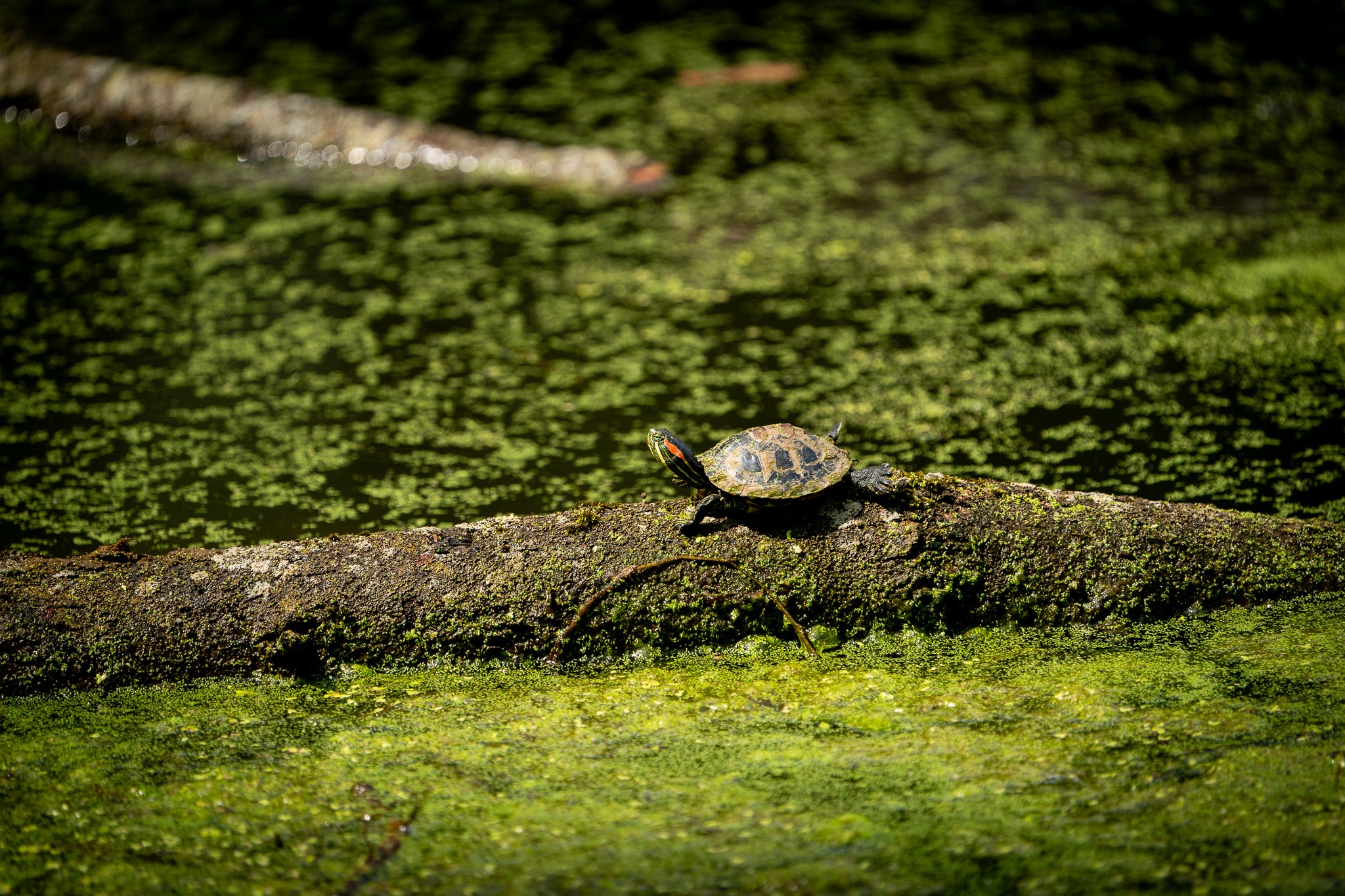
I recently read an article on Asbury Park Press about how piping plover numbers were down even though superstorm Sandy actually created more plover habitat in New Jersey. I heard a similar message last Thursday at the Jamaica Bay Symposium from Hanem Abouelezz, a biologist with the National Park Service in reference to Rockaway Beach.
According to the article, some post-Sandy dune replenishment projects destroyed plover habitat. The story highlights the tension that can sometimes exist between storm protection and habitat protection.
Can we resolve this tension when designing resilient coastal communities? Yes.
Biohabitats recently participated in the FAR ROC (For a Resilient Rockaway) Design Competition on a team led by Ennead Architects. Centered on ecology, our design was crafted around the idea of a dunescape. Our design, which garnered an award for Leading Innovation in Resilient Waterfront Design, was actually influenced by observations made by Biohabitats staff earlier this summer while monitoring bird and plant species of concern–including the piping plover–duration beach re-nourishment activities along the New Jersey coast.

So when it came time to craft our dunescape concept for the FAR ROC competition, we kept those plovers in mind, designing unvegetated and sparsely vegetated areas on the beach side, with a rocky/shell sand area.
Habitat needs are never simple, but I believe that a balance between storm protection and habitat protection can be met.
